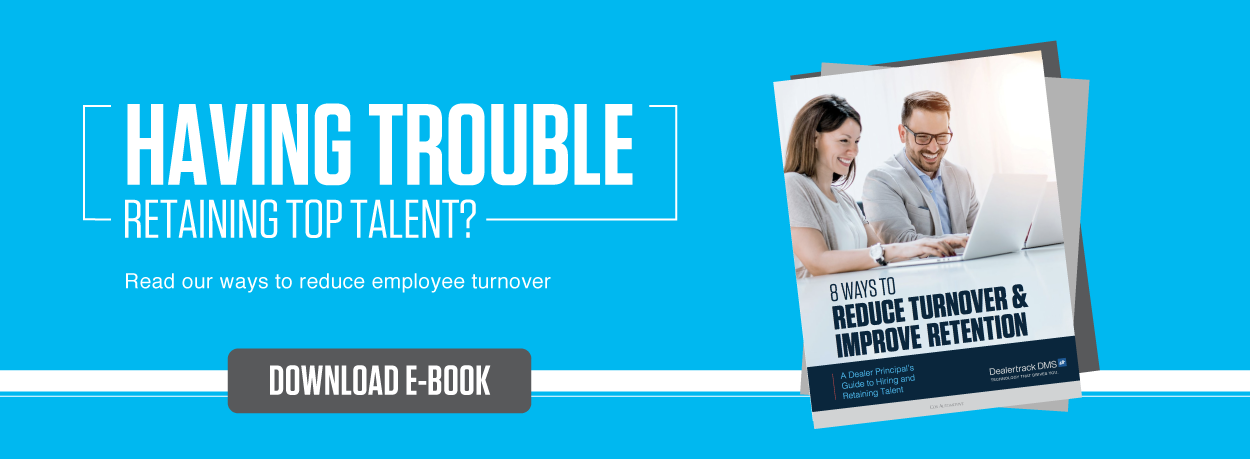You’ve heard it before: You can’t manage what you don’t measure. And this is true…mostly. Human Resources, Controllers, and People Ops often struggle to capture meaningful data around high turnover. Employee satisfaction on the job, training expenses per employee, and the unforeseen costs of replacing key team members can go untracked. When it all adds up, the total cost of employee turnover can reach $439,000 per year. What if you could measure the “unmeasurable” canary in the coal mine, so to speak, that indicating a positive work environment?
Measuring ‘People Ops’ can be difficult. What’s the retention rate per department? What’s the cost of training? Answering these questions should not fall to HR professionals alone. The answers paint a picture of the overall health of your dealership—which is important not just to your turnover rate, but your customers as well. When it comes down to it, unhappy employees and an knowledgeable staff lead to poor reviews. Simply put: people impact profits. Here are five metrics you can start evaluating, today, to make sure you’re hiring and retaining top talent:
1.Employee Satisfaction
Your dealership’s Employee Net Promoter Score (eNPS) is a tool that organizations use to track employee loyalty across time. It was originally designed to gauge customer satisfaction, and it works the same way. As you track it over time you’ll set a benchmark and watch your score either dip or rise.
2. Voluntary Turnover
Are you seeing your best sales people move on at a regular rate? Some churn is natural, so use this as an opportunity to conduct professional exit interviews and unlock the root cause of your employee turnover. What did your staff learn during their time onboard? Did they have any suggestions for improvement? Be open and honest—assure them they aren’t jeopardizing a key employment reference—and use their feedback for future team members.
3. Involuntary Turnover
Make sure you track this number separate from base turnover. Plus, you should keep track of any improvement plans or violations reported to management. Is this number increasing every year? How about every quarter? Do you see a troubling trend? Compare these figures year over year.
4. Managers
Do the previous figures align to your managers evenly across the board? Why, or why not? Are you promoting your managers from within with a clear career trajectory? You may not be able to measure how skilled each manager is at conflict resolution or rely on a metric that can predict which manager is better at delivering bad news, but you can (and should) track how often your managers hire and fire your staff, how long their team members stay on board on average, and which managers have the highest rate of complaints.
5. Training Budgets
This should be a no brainer since you’re likely tracking how much money is spent on several key areas. However, you should also pay attention to which types of training you’re paying for, what your staff thinks of the training, and what the adoption rate of these learning tools is. If you’re throwing money into a budgeted item that no one uses, you might as well use that money on something everyone enjoys…like donuts.
Every dealership is unique and has its own story to tell–and your staff is a crucial part of that story. Pay attention to your employees and the five people metrics that signal a warning that your dealership culture–and turnover–might be in trouble. Retention is a better business strategy in both the short- and long-run.


